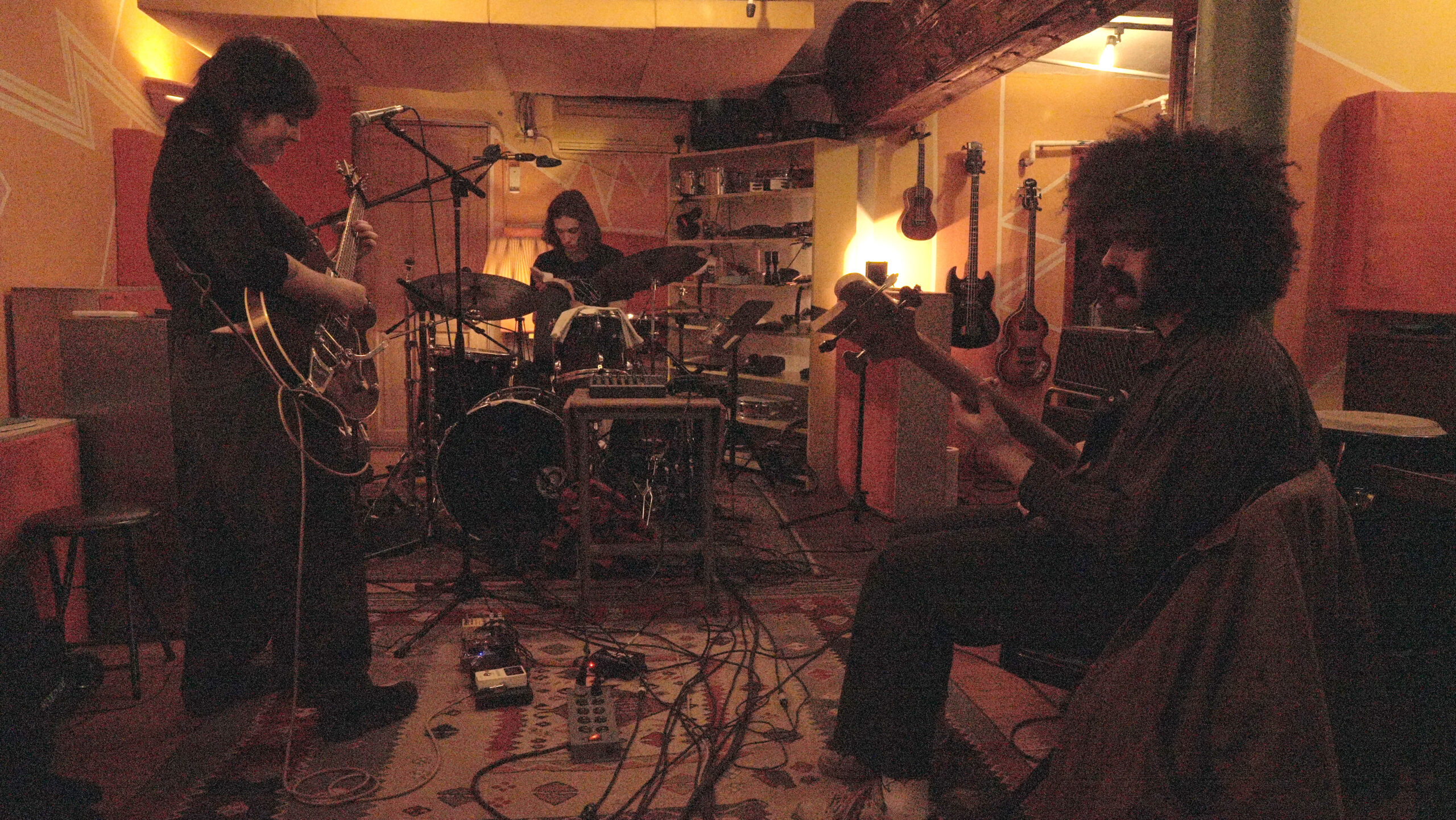In Chelsea, amidst galleries, designer stores, and the Chelsea Piers, is The Bayview Correctional Facility – a medium security women’s prison. This state penitentiary, unbeknownst to many, is now on the real estate market and ready to be put to new use.
As a cost-saving measure, the state government is calling for the facility to be shut down by the end of the fiscal year.
According to Jonathan Miller, president of real estate appraiser Miller Samuel Inc., it is still too soon to tell the going rate, but the penitentiary could easily go for $20 million or higher based on the surrounding buildings. This includes the recent $23.5 million sale of what once was a gas station, and a nearly $20 million sale for high-rise condo designed by French architect Jean Nouvel.
Since superstorm Sandy, the building has been vacant of its 153 inmates, who have carried on with their sentences at upstate prisons. The damage from the aftermath cost the state penitentiary about $600,000, leaving the building in a state of disarray and dormancy.
The presence of a prison in an artistically active and gallery-filled neighborhood like Chelsea seems like a jarring contrast. However, Jayne Drost Johnson, the director of the Elizabeth Dee Gallery across the street, says that the building “was very self-contained” and didn’t disrupt the flow of daily gallery-goers. She says it is easy for people to see the building and not associate it with a prison because of its art deco detail and facade.
“It just looks like a building. There’s nothing on it that makes you think it’s a prison, except, if you look closely at the windows, you see that there are bars,” Johnson says. “The only thing that you would see was when people were getting [released], their families would be waiting outside for them with balloons and cheering. It was actually kind of amazing and heartwarming.”
The decision to sell the space demonstrates some of the basic economic trends within the state of New York – with the city choosing to demolish and sell off the property rather than rebuild it. Jurgen von Mahs, the chair Urban Studies at Eugene Lang, says that it is much more expensive to relocate and the city saw an opportunity re-appropriate the space and took it. According to von Mahs, for each inmate about three more jobs are created – a figure that highlights the costs of housing inmates and running a penitentiary. Essentially, “the city has done what is logical for the city.”
“The way it is converted will draw in new revenue, something of commercial value,” Jurgen von Mahs says.

Wendy Featherstone, the prison’s superintendent, is currently showing the building to potential buyers. The historical eight-story brick building has been in the neighborhood for more than 80 years, and now that’s it’s on the market is being seen in a whole new light.
“The value there is in the land, or the dirt as developers call it,” Jonathan Miller says. “It’s all about the dirt.”
When the state first obtained the building, the neighborhood was a rough, warehouse-filled, industrial seaside neighborhood. Chelsea has come a long way since then, gentrifying into an arts mecca chock full of recreational establishments.
The building itself has gone through many transformations. It was founded in 1931 as a YMCA, also known as The Seaman’s House, a home to merchant sailors whose ships were docked on the Hudson. It became a drug rehabilitation center in the late 1960s, and the state converted it to a prison in the 1970s — first for men and then for women.
Now the future possibilities are endless.
“I have accepted this as part of the transition,” superintendent Wendy Featherstone told The Huffington Post. “I can’t imagine it as anything else. I just see it as a prison.”
Sienna is currently a Literary Studies major at Lang with a minor in Culture & Media. She enjoys music writing, cultural features, creative non fiction and poetry. She has future plans of working in publications, making electronic music in her spare time and living a funky fresh lifestyle.








Leave a Reply